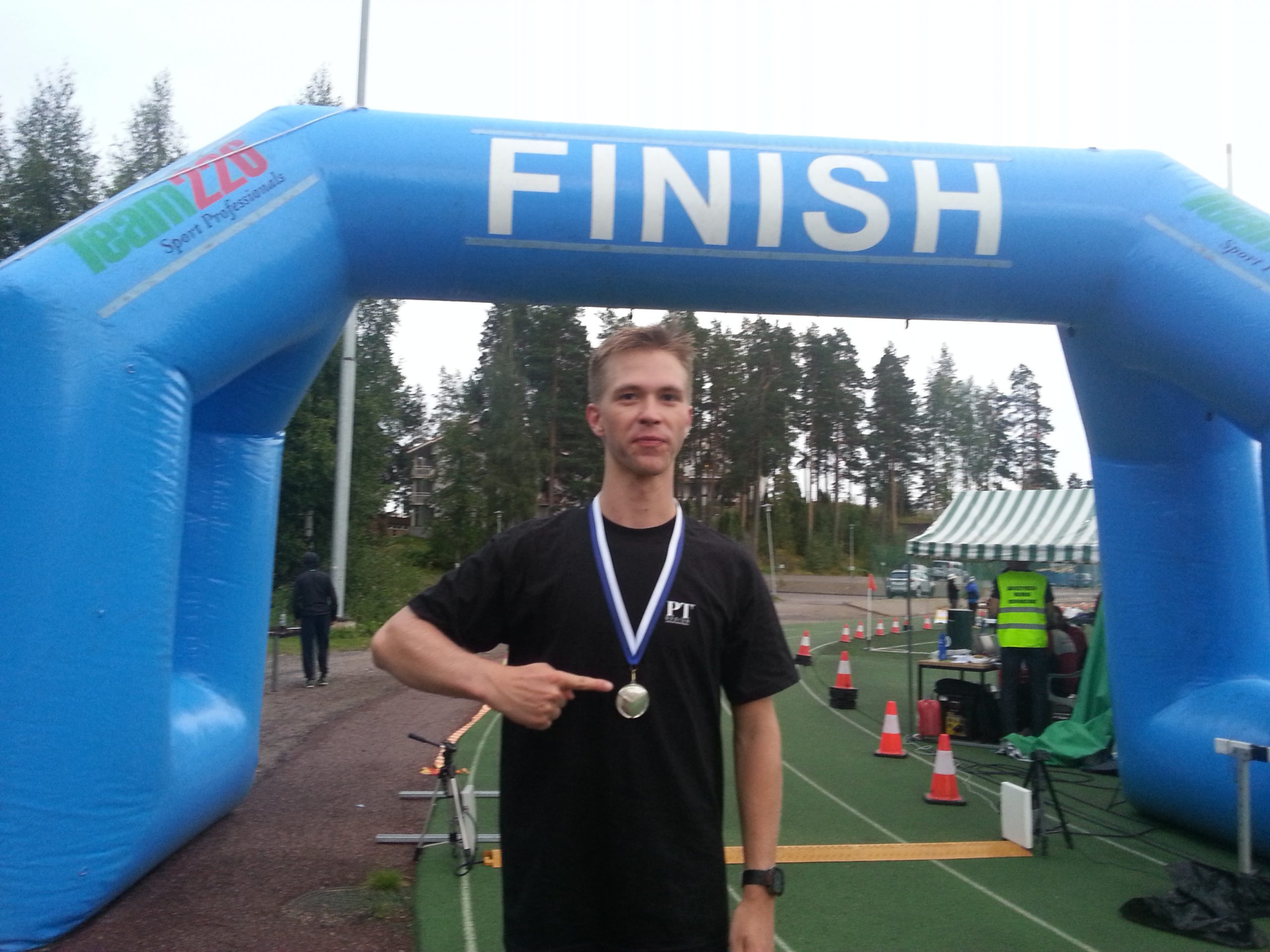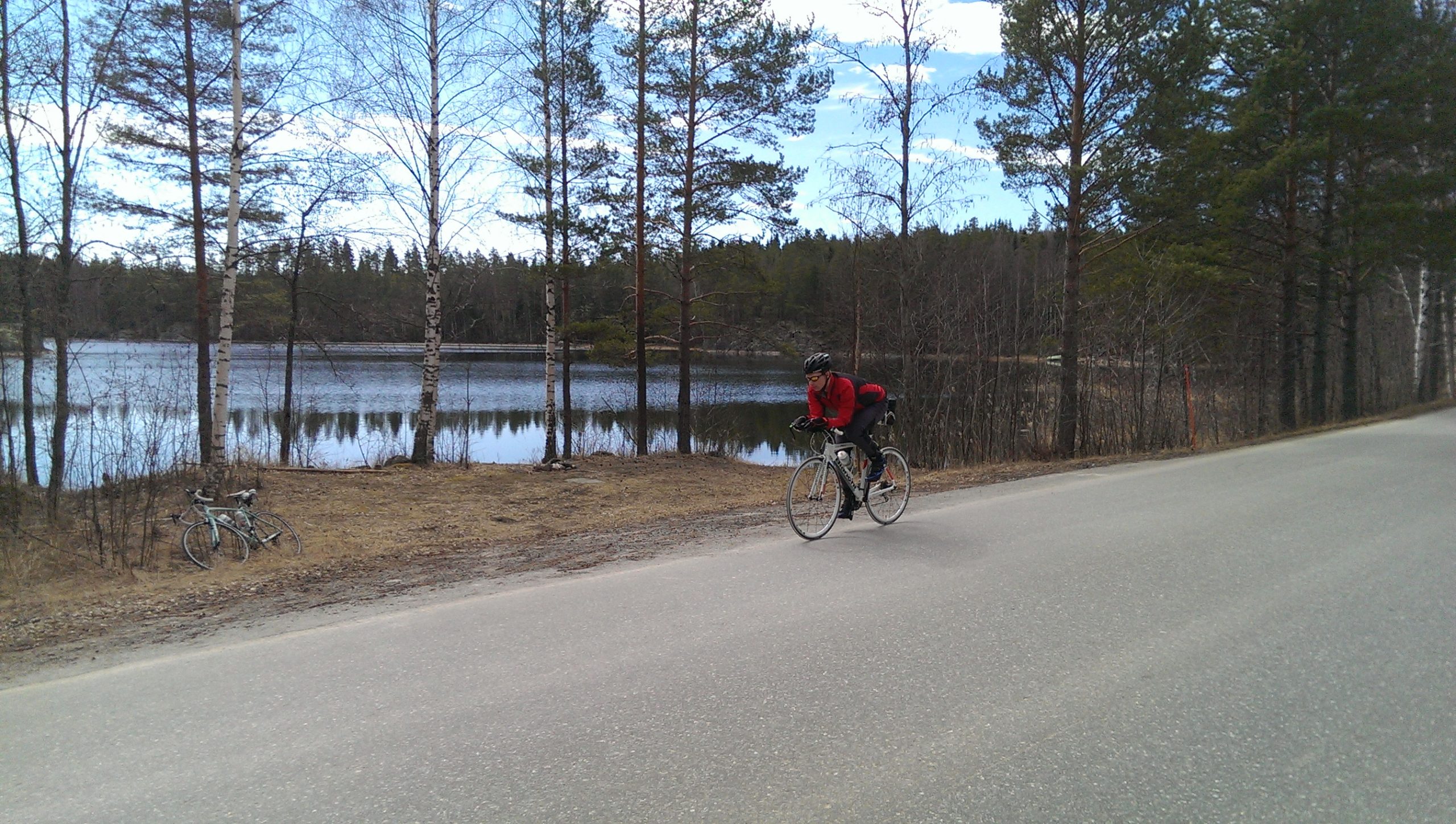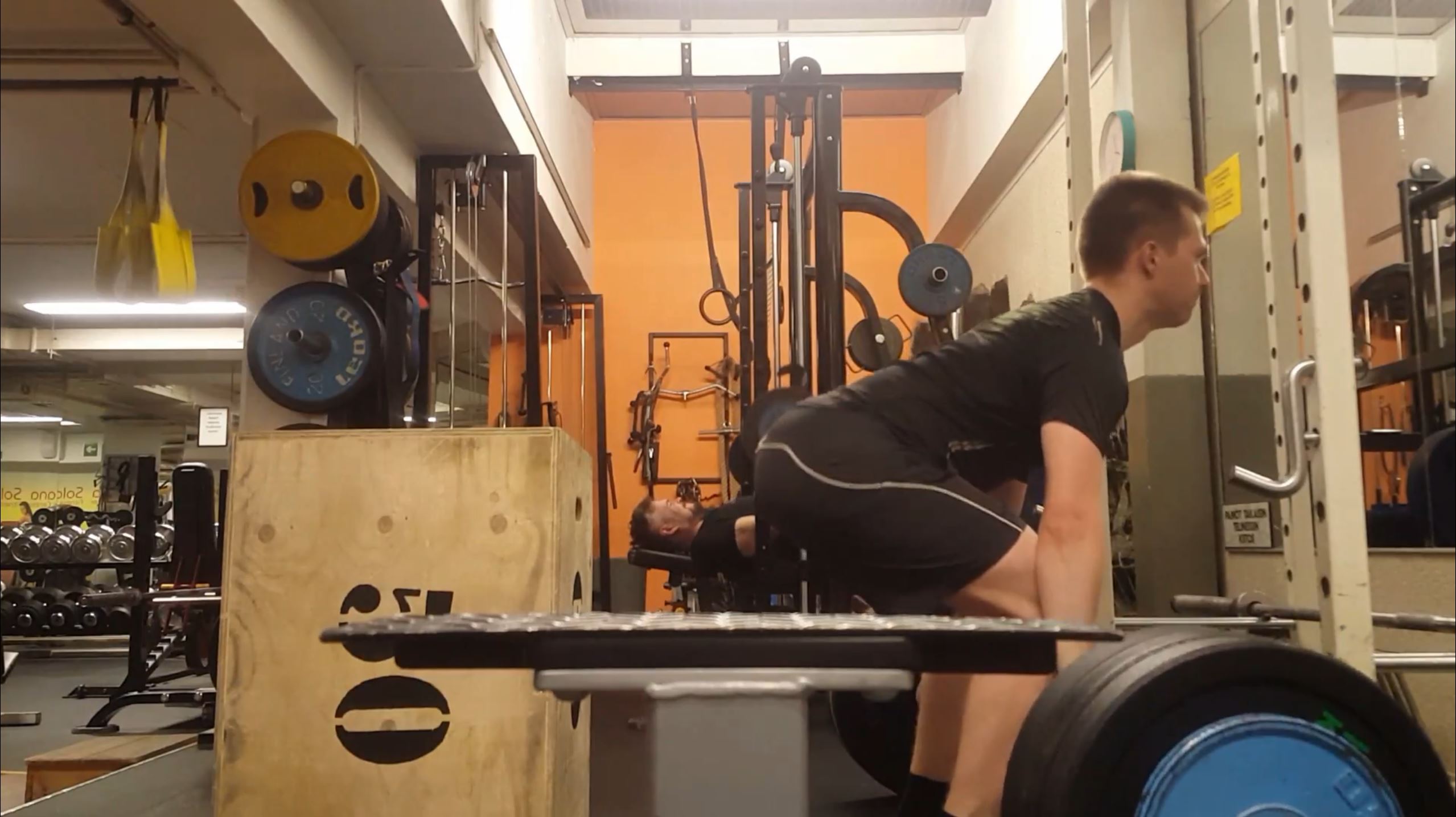Just sign up to a race – think after
A while back I did an experiment where I tried to complete an Ironman distance triathlon in the Finnish Championship race with just two months of preparation. During the two months my total training volume was just 40 hours. Despite that, I not only managed to finish the race, but also won silver in my age class – and this is how it’s done.
(This is a repost from 2014. Now looking back at this, feeling the weight of seven more years of sedentary work, I’m obliged to mention that I don’t recommend this for anyone over 25. If I were to do the same again I would fix one thing at a time. Or at least I’d like to think so 😉 )
The race itself consists of 3.8 km of swimming, 180 km of biking, and 42 km of running in the respective order. It’s no easy task. Therefore I began by prudently looking up a conventional six month training plan to get me nicely prepared for the race. After that I proceeded by forgetting the entire thing. Eventually I came to the realization that I had just over two months to the race and I had done nothing.
Just in case it was going to be too easy…
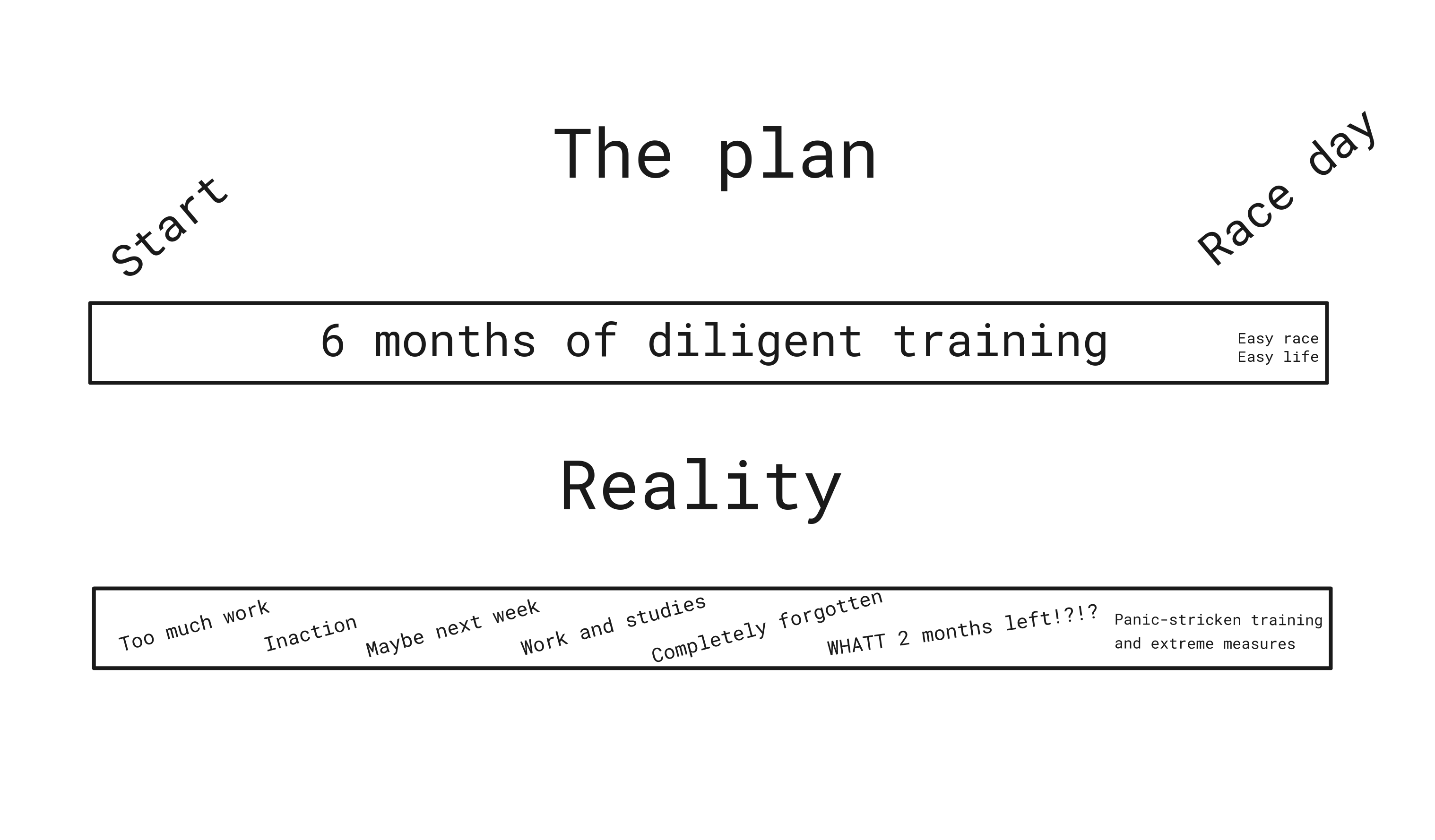
While I have done sports all my life, I was in a terrible shape at the time. Running just 5 km made me feel like dying. Despite that, I decided to go forth and attend the race. I had just couple days to come up with a plan for the training, since there was no way I could use the type of training that was described in the 6 month plan I had looked up earlier. I didn’t have the luxury of steadily building up the fitness with long runs and bike rides. I just simply couldn’t recover from increasing the training volume to high enough levels so quickly.
I ended up doing tons of research over a couple of days and hobbled together a plan that I decided to execute. There were four key components to the plan:
1. High intensity interval training
I did runs, bike rides and swims only as interval training. The entire two months included only one day where I did longer than 40 minute long workout. Other than that I utilized 1 minute full effort + 1 minute rest period intervals, repeating the cycle for ten times with 5-10 min easy warmup and cooldown.
For trying to increase one’s maximum oxygen uptake or V02max, this is almost as good as it gets, and fairly doable as a beginner as well. To be sure honest though, these feel really bad, but putting out 10 minutes of effort produces better gains than over an hour of low intensity workout. The recovery time is short and there is way less wear to your body. For the very first runs I did take slightly longer rest periods toward the end.
The research seems to be showing that the absolute best way to increase V02max is with either 3×5 min intervals with 1,5 minute breaks, or 5×3 min intervals with one minute breaks. I wouldn’t start with these though as they are absolutely brutal.
Listen more about interval training from this interview of Dr. Martin Gibala.
2. Weight training
Strength training is absolutely mandatory in endurance sports. The stronger you are the less effort you need to exert when moving. I didn’t change my gym training for this period. It included exercises aimed to maximize hypertrophy by doing 10-12 rep sets and with high time under tension. I had split the routine to days with pulling motions, pushing motions, legs, and a couple full body workouts.
However, the most optimal way to do strength training for endurance sports is to do workouts that aim to maximize strength. I’ve since been using a protocol where I do 3-5 reps and 3-5 sets with 3-5 minutes in between sets with weights around 80-90% of one rep max.
Listen more about maximum strength training from interview of military special forces strength coach Pavel Tsatsouline.
3. Nutrition
As an extra, I also remade my diet completely since I ran into a lot of very interesting research about ketogenic diet. In essence you limit your carbohydrate intake to under 50 grams per day, which causes your brain to switch to consume ketone bodies instead of carbs. You then replace the carbs with fat while keeping the protein intake around 1,5g per 1kg of lean body mass.
Ketosis has strong anti catabolic effect, which was optimal because I needed to lose fat while maintaining muscle mass. It’s also very convenient for endurance sports, because as you get most of the caloric intake from fat, your body becomes really apt in using it as an energy source. Sami Inkinen showed some really interesting <a href=”http://www.samiinkinen.com/post/86875777832/becoming-a-bonk-proof-triathlete-fat-chance”>calculations</a> what this means in the endurance training context. Essentially, since you get up to three times more effective in burning fat for energy, it is really hard to deplete glycogen reserves and hit a wall due to that. I’ve also found that this is super helpful in military exercises, because you don’t really need to worry about eating, since it matters little if the body takes the fat from it’s own reserves or from nutrition.
Read more about ketogenic diet from this book: The Art and Science of Low Carbohydrate Living
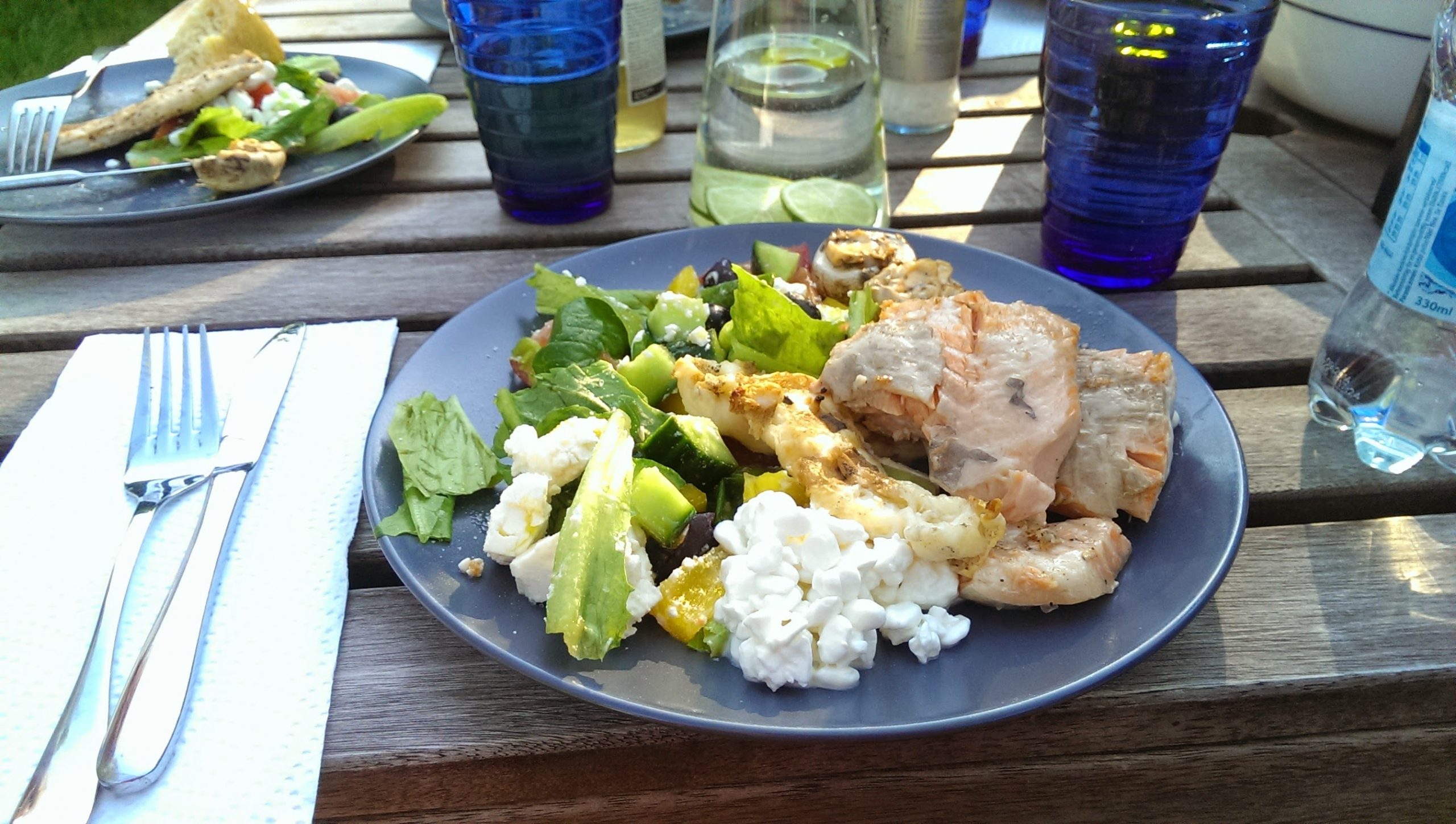
4. Recovery
Nothing fancy here. Just a lot of sleep and trying to stick to the planned training volumes. It’s really easy to train too much. I also don’t recommend that you do the changes all at the same time. Drastic changes in diet or workout intensity alone warrant for long periods of adaptation.
Sample Week might look like this:
- Monday – Gym, legs – 35 min
- Tuesday – Swim, open water intervals and some technique – 30 min
- Wednesday – Rest
- Thursday – Run, intervals – 30 min
- Friday – Gym, pulling – 35 min
- Saturday – Bike, intervals – 40 min
- Sunday – Badminton for fun – 60 min
For bonus points – track everything
I did a fair amount of night shifts, which mess up the regular training rhythm, so I mostly improvised trying to keep the amount of time spent with gym, running, and biking about equal. On one day I ended up trying a half Ironman distance and tested how to refuel during the race. That included, I ended up doing:
- 15 gym workouts totaling 8 hours
- 14 runs – 9 h total
- 6 bike rides – 8 h total
- 2 swims – 1 h total
- 7 other workouts for fun, like badminton, sailing, walking – 11 h total
- 11 core strengthening workouts – 1,5 h total
- Stretching – 1,5 h total
The impact on performance
My race phase heart rate on the bike dropped from 150 bpm to 130 bpm during the two months. Same happened while running. I lost 10 kg’s of weight and simultaneously gained around 1 kg of muscle mass.
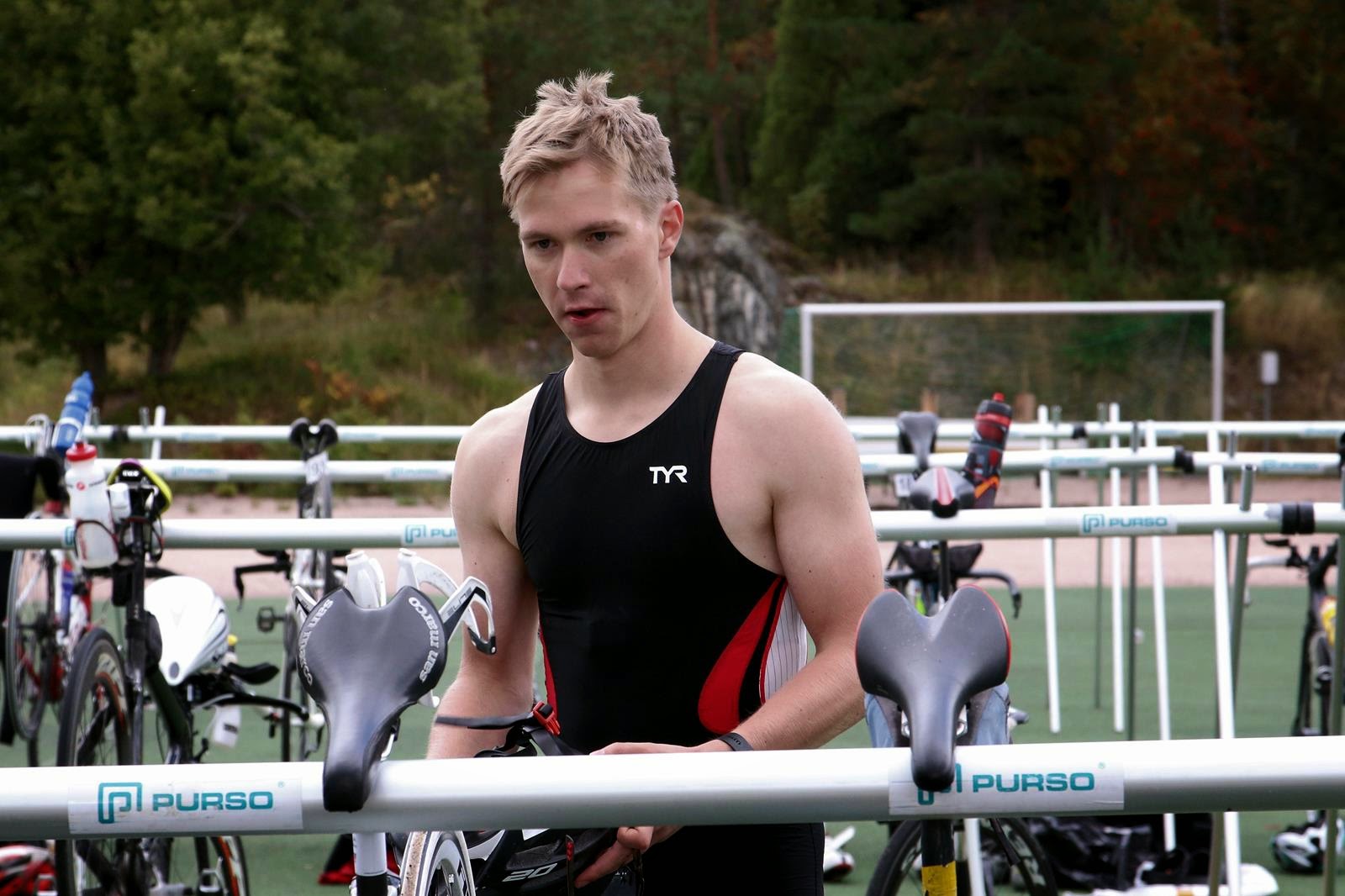
Feeling fresh after the 180 km bike section
My plan was to just finish the race. I did it by doing an easy swim. Then biking around 25 kph for the entire 180 km and then running the marathon at a leisurely phase.
The swim and the biking went really well, but I must admit that starting to run after having biked 180 km’s feels quite weird. At that point I thought to myself what have I gotten myself into. My foot started to hurt after 20 km’s and then when stepping differently it crept up to my knee. Next time I’ll definitely do couple longer runs in the mix and choose better cushioned and better rolling shoe.

The swim and the biking went really well, but I must admit that starting to run after having biked 180 km’s feels quite weird. At that point I thought to myself what have I gotten myself into. My foot started to hurt after 20 km’s and then when stepping differently it crept up to my knee. Next time I’ll definitely do couple longer runs in the mix and choose better cushioned and better rolling shoe.
All in all, it was quite a nice experience and I ended up finishing with the time of 13 h 29 minutes. That meant that I also won silver medal in my age group, which was a nice added bonus.
